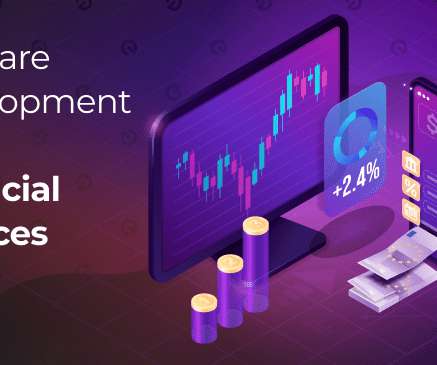The Good and the Bad of Kubernetes Container Orchestration
Altexsoft
FEBRUARY 24, 2023
Containers have become the preferred way to run microservices — independent, portable software components, each responsible for a specific business task (say, adding new items to a shopping cart). Initially, companies utilized Kubernetes mainly for running containerized microservices.














Let's personalize your content